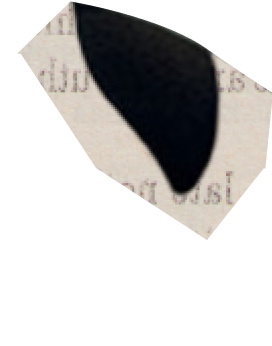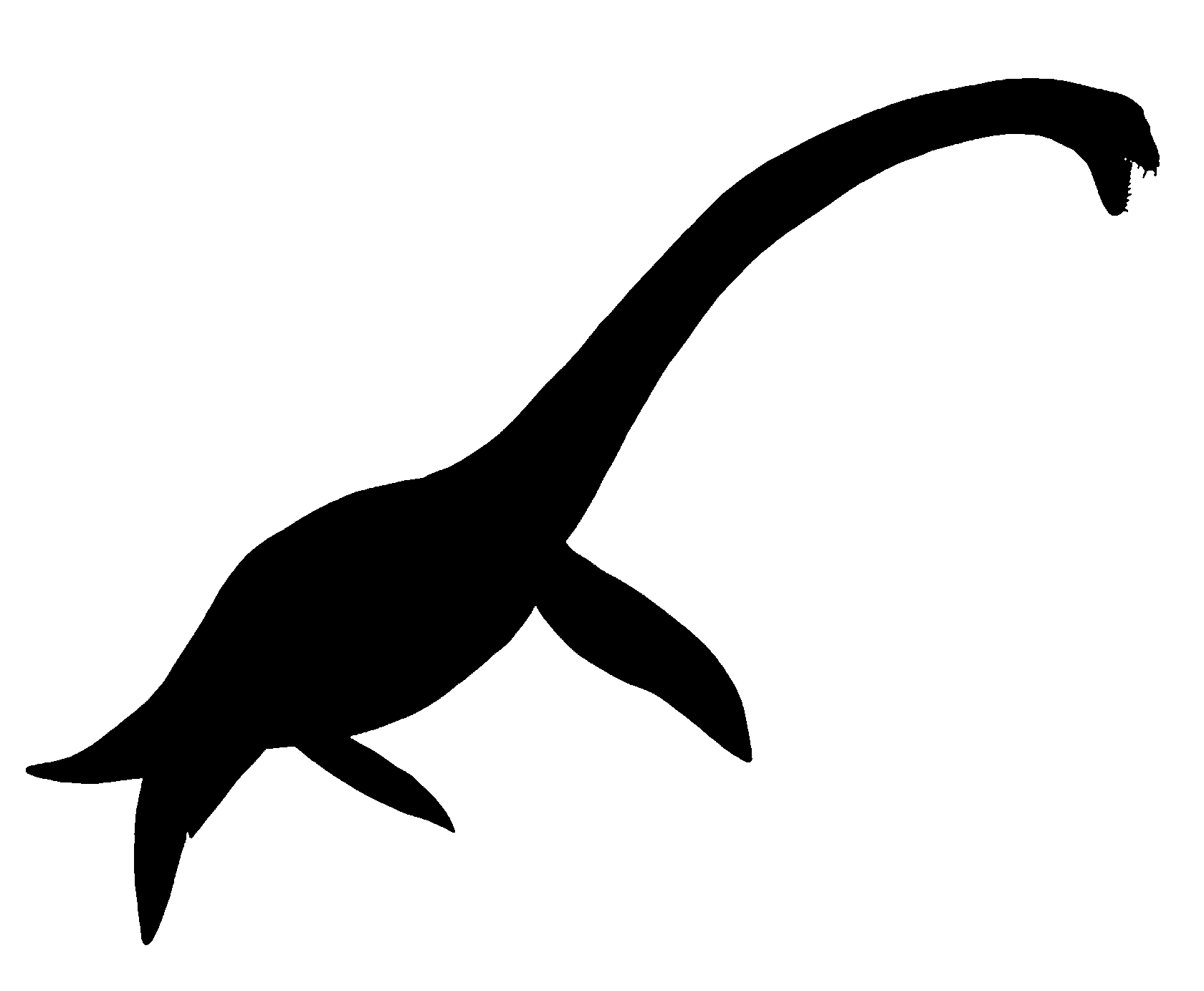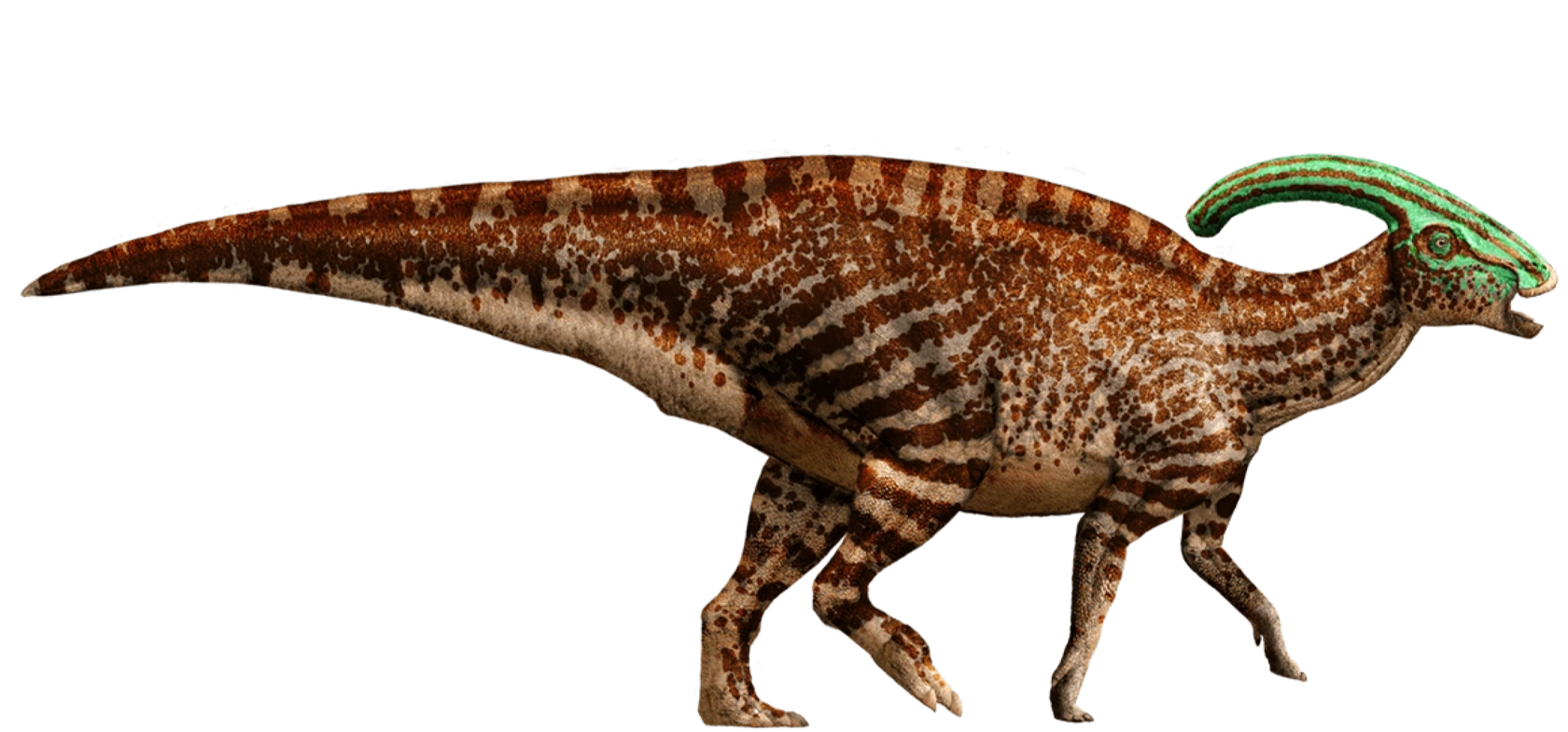
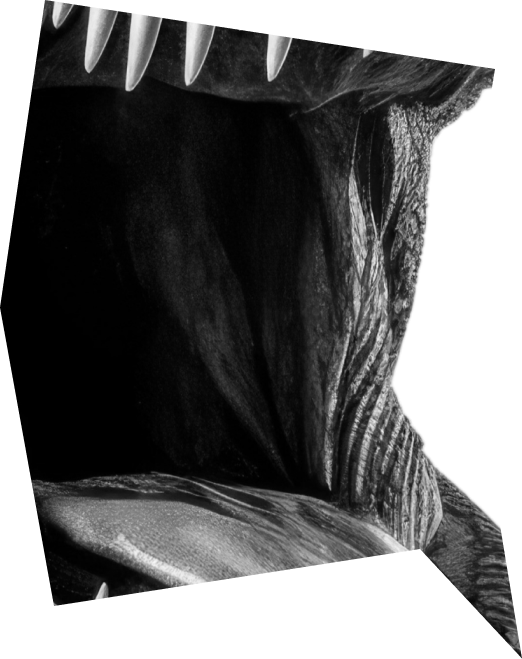

predatory
dinosaur
The most famous and unusual creatures on the planet
Most predators are lizard-like dinosaurs that move on two legs.
Many of them are known for their large size and speed, but not all of them are. Consider the most famous dinosaurs of this group.
Many of them are known for their large size and speed, but not all of them are. Consider the most famous dinosaurs of this group.
era

dinosaurs

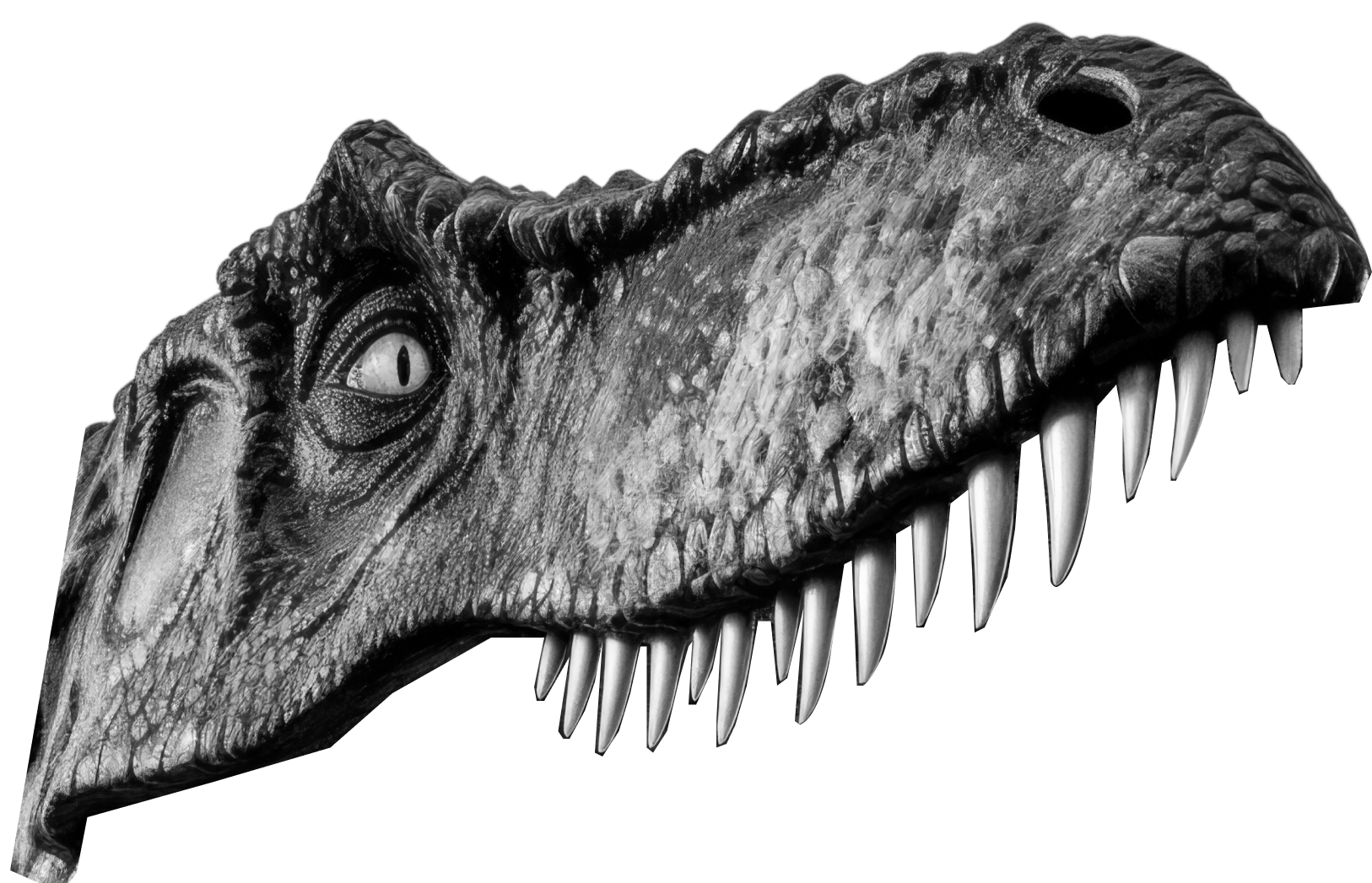


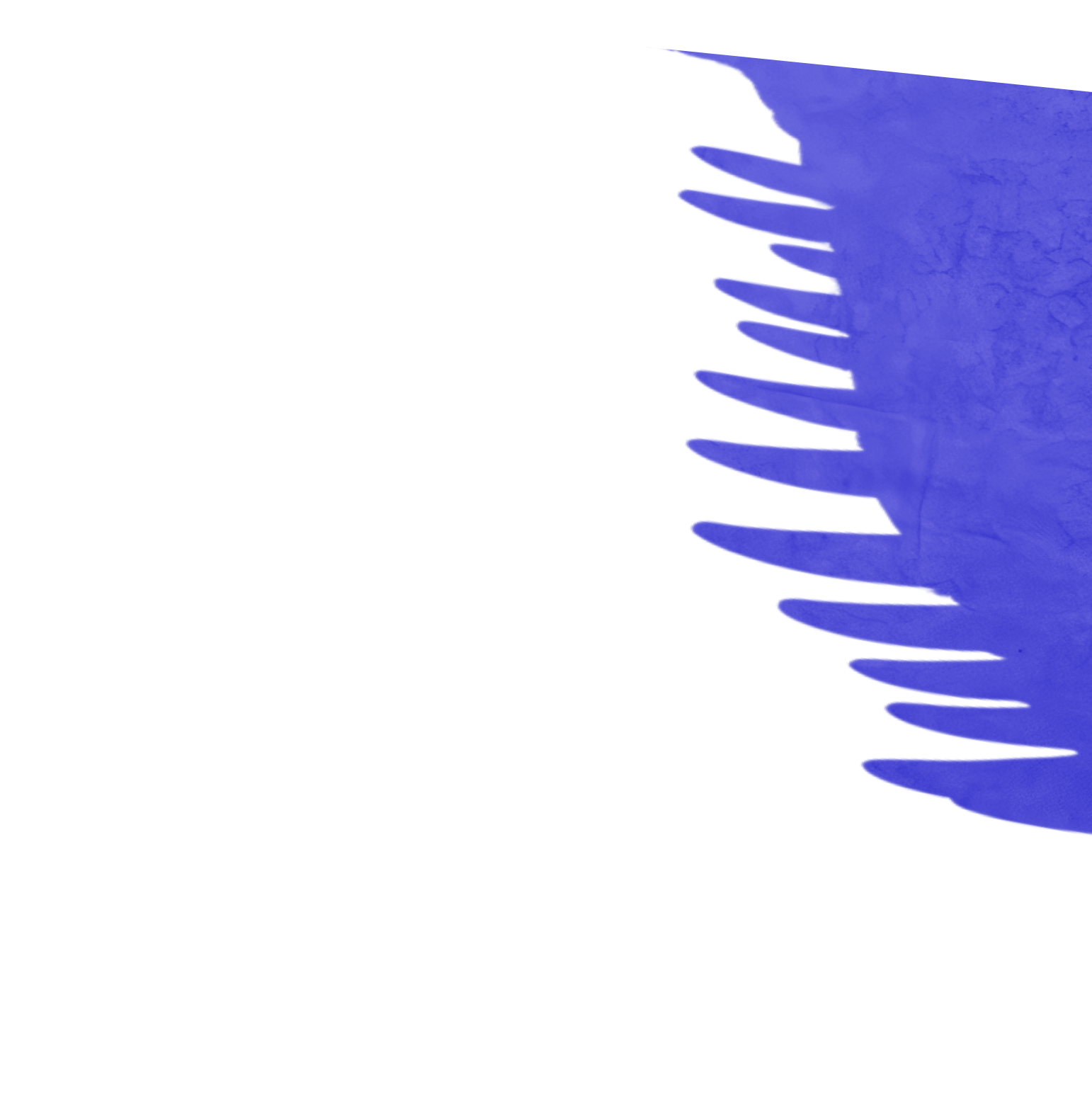
Both bipedal and quadrupedal dinosaurs are found among this group, and the diversity of appearance, shape, and size is enormous. We review the most unusual species.
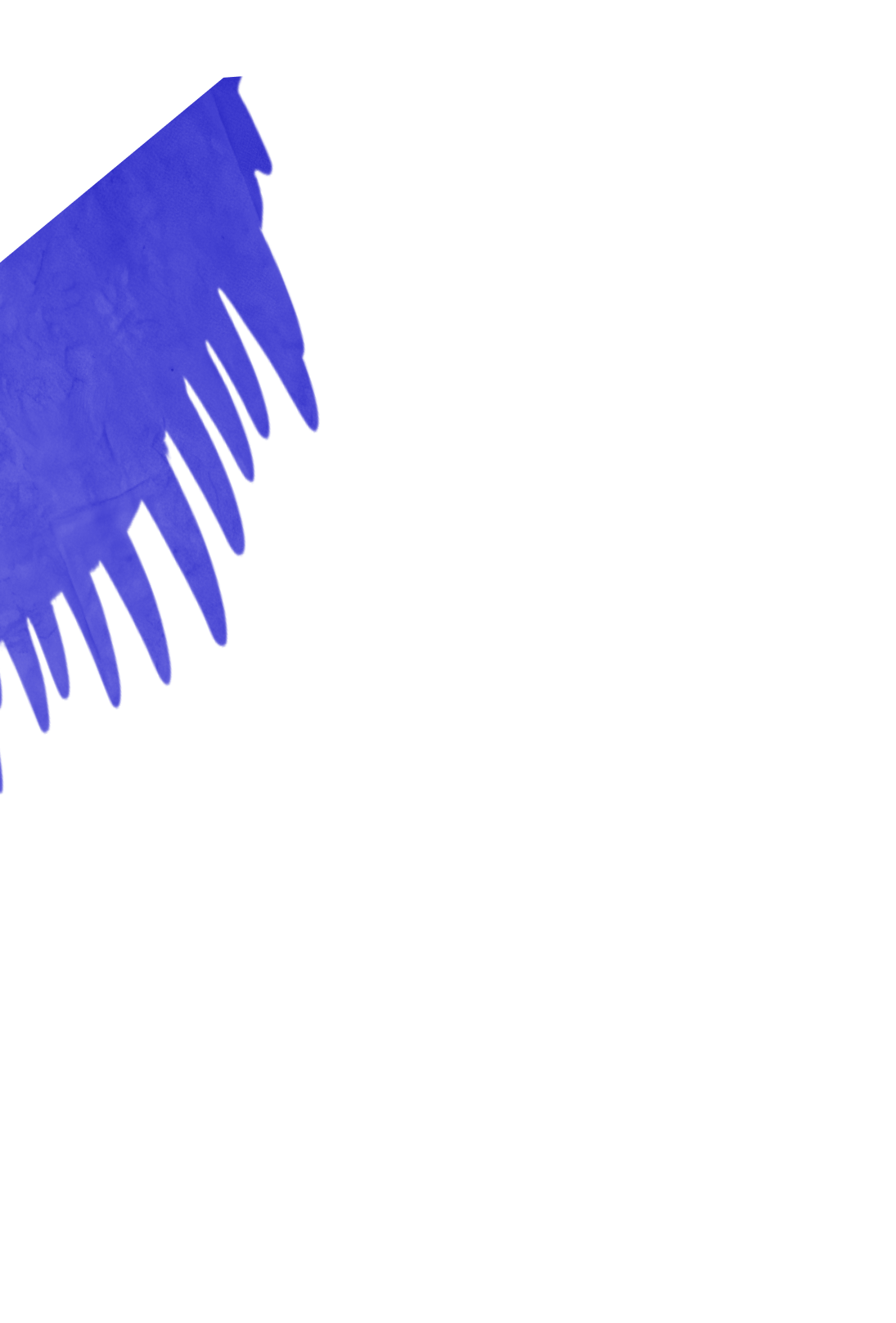
Probably the most famous and largest land predator of the dinosaurs that existed in modern times.
It was one of the last nonavian dinosaurs to exist before the cataclysmic event that ended the Mesozoic era. Its body length is estimated at approximately 13.6 13.6 m, height 4.4 meters, and mass 12 tons.
It was one of the last nonavian dinosaurs to exist before the cataclysmic event that ended the Mesozoic era. Its body length is estimated at approximately 13.6 13.6 m, height 4.4 meters, and mass 12 tons.
Tyrannosaurus Osborn, 1905
Velociraptor Osborn,1924
Tyrannosaurus rex
Velociraptor
herbivorous
dinosaurs
One of the most popular predatory dinosaurs, it is definitely added to all movies, cartoons, popular articles, which are somehow connected with extinct lizards.
Velociraptor was a small dinosaur, up to 1.5 m in length, 40−70 cm in height and weighed up to 20 kg
Velociraptor was a small dinosaur, up to 1.5 m in length, 40−70 cm in height and weighed up to 20 kg



In fact, the famous Tyrannosaurus was not so scary. The dinosaur was very clumsy and ran so slowly that it would not have been able to catch up with a car.
At high speed, any obstacle could cause fatal injuries, and it hunted small dinosaurs or even ate carrion. He also had lips! The teeth were not coming out of the mouth.
At high speed, any obstacle could cause fatal injuries, and it hunted small dinosaurs or even ate carrion. He also had lips! The teeth were not coming out of the mouth.
Velociraptor was not as intimidating as in the movies. It fed on small animals or carrion and was solitary, but outwardly it actually looked like a bird.

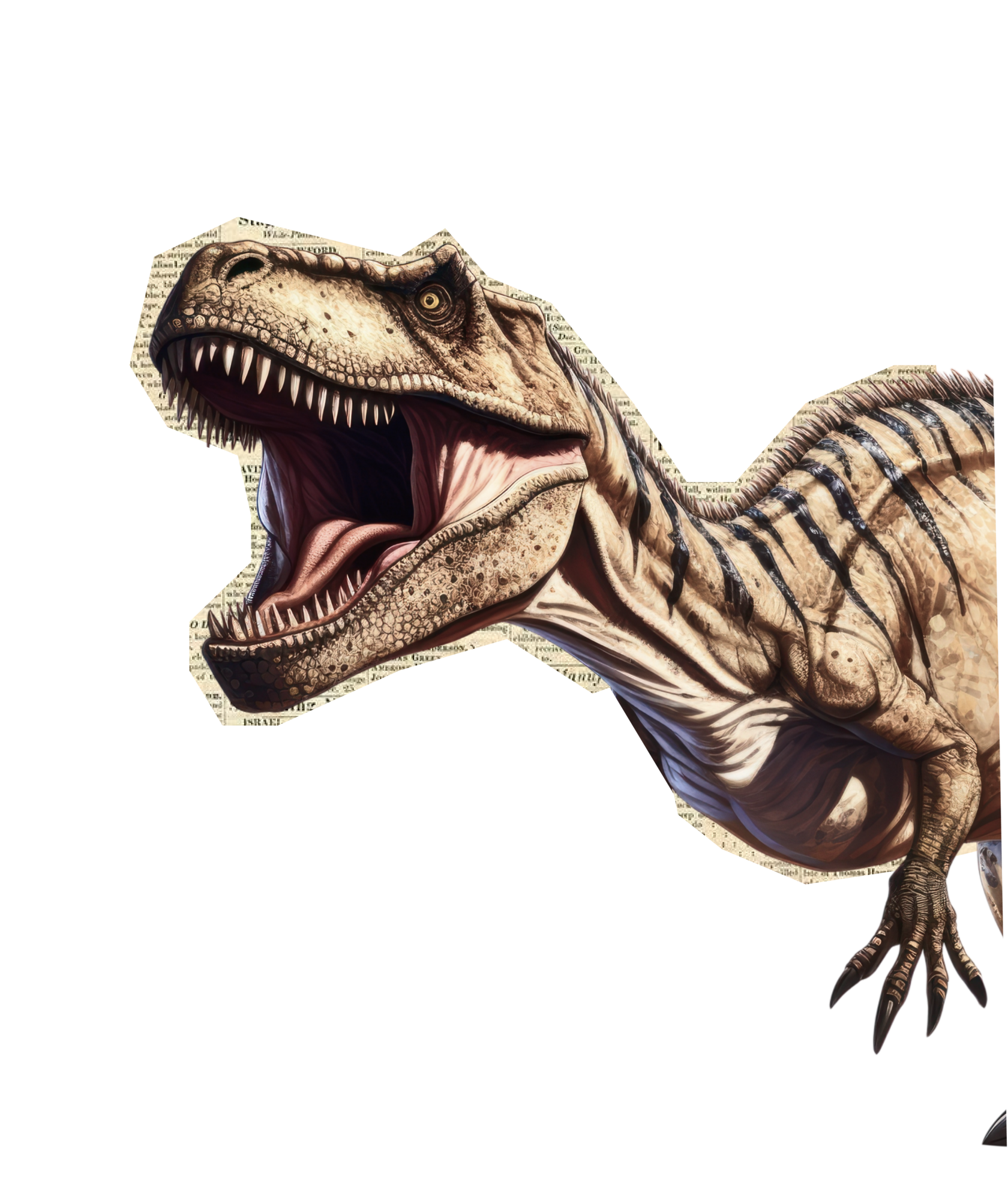



MICRORAPTOR
Therizinosaurus
ceratopses
Small plumed herbivorous dinosaurs. They are completely covered with true feathers and one of the scientists called Microraptor a four-winged dinosaur and even suggested that Microraptor planned with the help of all four limbs
Herbivorous dinosaurs, similar in appearance to strange sloths because of their long claws on the front limbs.
The 9-12-meter-long Therizinosaurus had a small skull, a long neck, and a heavy, voluminous body weighing up to 6 tons. Its forelimbs could reach a length of 2.5 meters in length.
The 9-12-meter-long Therizinosaurus had a small skull, a long neck, and a heavy, voluminous body weighing up to 6 tons. Its forelimbs could reach a length of 2.5 meters in length.
Microraptor Xu, Zhou & Wang, 2000
Therizinosaurus cheloniformisMaleev, 1954
A group of herbivorous, four-legged dinosaurs. They had a characteristic curved beak formed by bony tissue.
Many dinosaurs of this group known to us had a bone plate and various horns, their significance is probably in simplifying the recognition of their species.
Many dinosaurs of this group known to us had a bone plate and various horns, their significance is probably in simplifying the recognition of their species.
Triceratops Marsh, 1889

plesiosaurs
Plesiosaurs were well adapted to living in water bodies, although they had to surface to breathe air.
They had four limbs, transformed into flippers, and a sidewinder-like body. Some had long necks and small heads, while others had short necks and huge heads.
They had four limbs, transformed into flippers, and a sidewinder-like body. Some had long necks and small heads, while others had short necks and huge heads.
Ichthyosaurs are the most adapted reptiles to the aquatic lifestyle. Only one group of mammals cetaceans has achieved a similar degree of adaptation.
Unique characteristics associated with the aquatic lifestyle are already observed in the oldest known ichthyosaurs. These characteristics include an elongated snout and very large eyes.
Unique characteristics associated with the aquatic lifestyle are already observed in the oldest known ichthyosaurs. These characteristics include an elongated snout and very large eyes.
ICHTHYOSAURS
Ichthyosaurus communis de la Beche & Conybeare, 1821

Plesiosauria Blainville, 1835
inhabitants
water
Water-dwelling dinosaurs are reptiles that have returned to their original habitat. Species that have returned to water are not as numerous as as terrestrial dinosaurs. Below we will consider the most interesting representatives.
Kofanova Anna
Design & layout
They lived in salt-water bodies of water seas and oceans. The sketches of the Loch Ness monster are similar in image and shape to the plesiosaur and there is an opinion among the adherents of the theory of its existence that it is the last representative of this species.
